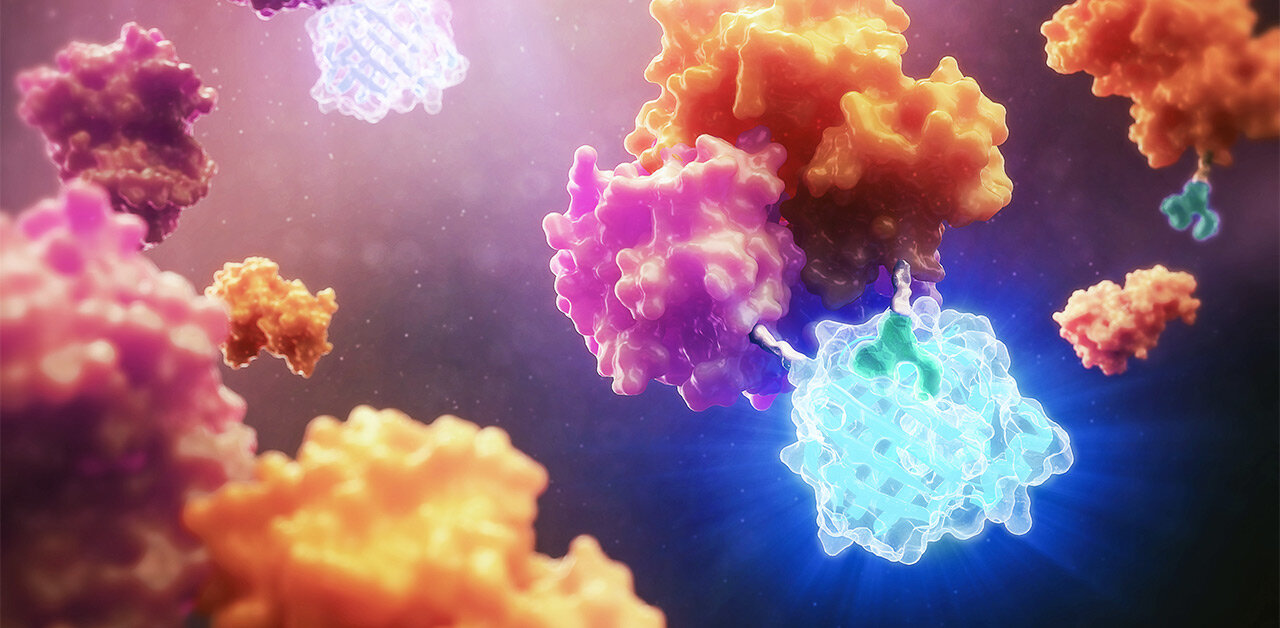Premium Only Content

Medical / Luciferase-Modified Magnetic Nanoparticles In Medical Imaging
Bioluminescent animals such as fireflies and dinoflagellates produce natural light in order to find mates and to protect their species from predators, but that same light has potential to greatly improve current medical practices. Medical imaging is crucial for tracking the progress of disease throughout the human body, but the synthesized chemicals currently used in the process inflict additional harm on the body, leaving scientists searching for a less invasive imaging method. By processing magnetic nanoparticles that are coated in luciferase, the main enzyme involved in bioluminescence, cells can be individually tracked in a natural, non-toxic manner.
In animals, agitation from the environment creates a flow of protons that bring the enzyme luciferase in contact with the compound luciferin. The luciferin is then oxidized in the presence of other compounds, such as adenosine triphosphate, and photons are released to generate light. Luciferase can be applied to track and image the growth of diseases, like cancer, noninvasively. Current medical imaging often requires the use of radiology, but because these techniques involve large amounts of radiation, there is often damage to the body. The light produced from the luciferase reaction is what gives the magnetic nanoparticles the ability to expose abnormal cell growth patterns, eliminating the need for other light sources that could harm the cells. A sensitive charge-coupled device camera can then be used to create a clear picture of the growth patterns by detecting the position of emitted light over time.
In processing luciferase for potential medical use in animals and humans, superparamagnetic iron oxide magnetic nanoparticles must first be synthesized by precipitating magnetite from a solution of ferric and ferrous ions. A polymer layer is added to prevent the particles from aggregating, and then the luciferase shell is added. The resultant processed MNP has a core with cubic spinel structure and is 40-119 nanometers in diameter. The superparamagnetic property of the nanoparticles can allow for cell manipulation by an external magnetic field. The cells targeted by certain nanoparticles can then be neutralized to lose function or separated from healthy ones. The nanoscale of the particles also allows for the tracking and manipulation of each cell individually, which can be done in a natural, safe way using the luciferase-modified MNPs.
In this video, we will explore the applications and possible drawbacks of the use of luciferase-modified magnetic nanoparticles in the medical imaging field.
-
 19:53
19:53
MetatronHistory
2 hours agoRome VS Greece - Ultimate Clash of Civilizations Explained
1.26K -
 33:09
33:09
Exploring With Nug
4 hours ago $2.84 earnedThey Weren’t Ready for Nightfall on Blood Mountain… So I Helped Them Down
21K1 -
 1:16:42
1:16:42
Sarah Westall
3 hours agoBoardroom and Government Infiltration: The Silent Erosion of American Power w/ Mike Harris
11.6K1 -
 LIVE
LIVE
JahBlessCreates
1 hour ago🎉WE BACK!! MUSIC | VIBES | GAMES
31 watching -
![R.E.D FRIDAY!! TIME FOR WAR! [RGMT CONTENT Mgr. | RGMT GL | GZW CL]](https://1a-1791.com/video/fwe2/cb/s8/1/c/f/6/B/cf6Bz.0kob-small-R.E.D-FRIDAY-TIME-FOR-WAR-R.jpg) LIVE
LIVE
XDDX_HiTower
1 hour agoR.E.D FRIDAY!! TIME FOR WAR! [RGMT CONTENT Mgr. | RGMT GL | GZW CL]
17 watching -
 LIVE
LIVE
Cewpins
1 hour agoFRIDAY CrossFade PARTY!!🔥weed + dabs + prosecco🍃420💨!MJ
44 watching -
 1:03:56
1:03:56
Glenn Greenwald
5 hours agoIs MAGA Divided? Revisiting the Major Controversies on the Right
96.8K37 -
 LIVE
LIVE
Mally_Mouse
23 hours ago🎮 Let's Play!!: Stardew Valley pt. 33
251 watching -
 LIVE
LIVE
VapinGamers
2 hours ago $0.22 earnedForlight 84/Fortnite: Rum Bot Testing - Gaming, Coding and Other Things - !rumbot !music
63 watching -
 LIVE
LIVE
OhHiMark1776
4 hours ago🟢 11-21-25 ||||| Two Morrows make a Day-to-Day? ||||| Livestream (2025)
175 watching